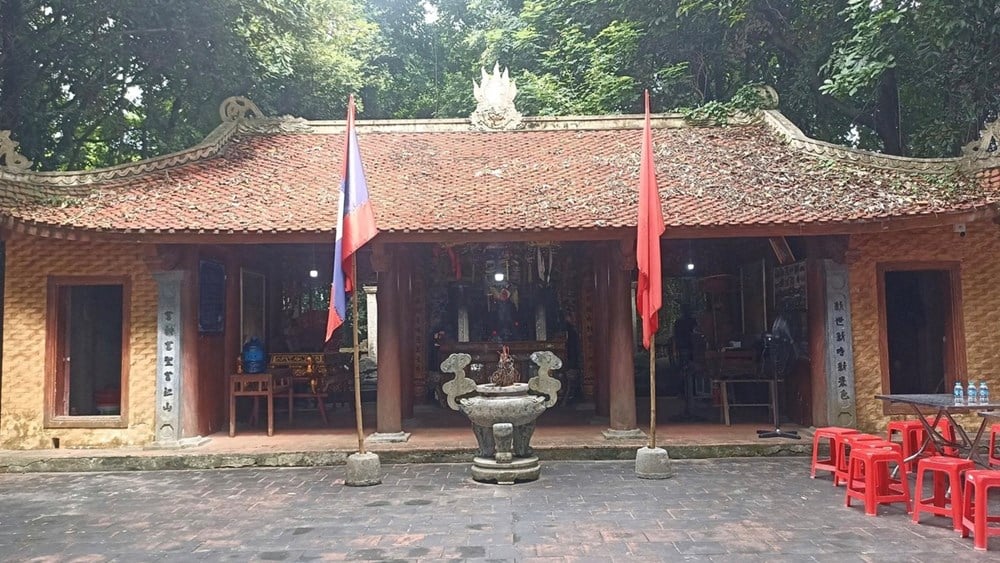
According to old history books, in the 15th century under King Le Thanh Tong, Dai Viet had to deal with foreign invaders. At that time, the Lao princess (whose Vietnamese transliteration is Princess Nhoi Hoa) was ordered by her father to bring a large number of war elephants to help Dai Viet, and at the same time directly train this herd of elephants. After completing her noble mission, on her way back to her country, unfortunately, Princess Nhoi Hoa fell seriously ill and passed away in the Den Hill area (now Thai Son village, Tay Hoa Lu ward).
Recognizing the great merits and noble sacrifices of the princess, King Le Thanh Tong was extremely grateful and ordered the construction of a mausoleum and temple to worship the princess right at her resting place. Along with the name Thuong Temple, the local people also respectfully call it Ba Chua Hoa Temple or Mau Temple. The temple to worship Princess Nhoi Hoa was recognized as a provincial relic by the People's Committee of Ninh Binh province in 2007.
The Upper Temple has an ancient and quiet space, the main facade of the temple faces south, surrounded by green trees. In the sanctuary, there are still valuable historical artifacts such as the wooden picture of Princess Nhoi Hoa, worship objects and especially nine royal decrees of the Nguyen Dynasty, of which the oldest royal decree still preserved is from 1846.
Mr. Dinh The Doan, the head of the Upper Temple, said: The temple was built in the 15th century, and the architecture is still intact, from the carvings and patterns imbued with Lao culture to the dragon and phoenix decorations in the temple. Over hundreds of years, the temple has only changed the tiled roof and erected new wooden pillars, and has not undergone any major renovations or repairs. During the period of fighting against foreign invaders, the Upper Temple area was also chosen as the place to found a weapons workshop to serve the resistance. To commemorate the great contributions of Princess Nhoi Hoa, every year on the 3rd day of the 3rd lunar month, the people of Thai Son village and the Relic Management Board organize a memorial ceremony.
The festival takes place solemnly with sacrificial rituals, palanquin processions and many folk games. In particular, the festival also has traditional Lao dances, which are not only a unique cultural feature but also a way for the people here to remember the homeland of the princess and honor the good tradition of friendship between the two countries Vietnam - Laos. Thuong Temple is not only a historical and cultural relic but also a "red address" to educate about the tradition of "remembering the source of drinking water" of the Vietnamese people, and at the same time a vivid symbol of solidarity and friendship "Vietnam - Laos forever green, forever sustainable" that has been built over time.
Source: https://baovanhoa.vn/van-hoa/chung-nhan-lich-su-cua-tinh-huu-nghi-viet-lao-171573.html




![[Photo] Hanoi morning of October 1: Prolonged flooding, people wade to work](https://vphoto.vietnam.vn/thumb/1200x675/vietnam/resource/IMAGE/2025/10/1/189be28938e3493fa26b2938efa2059e)



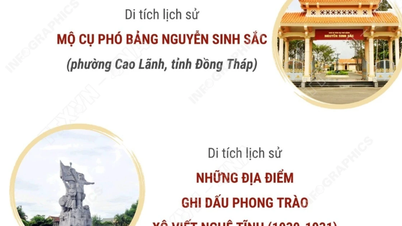








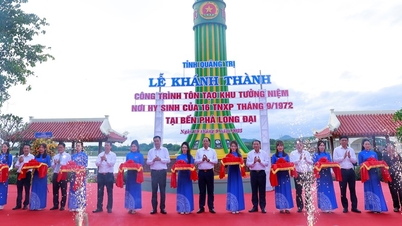
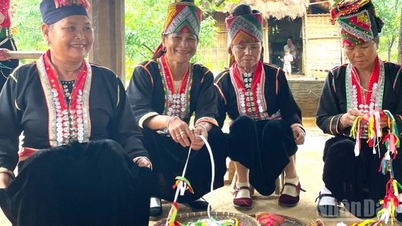

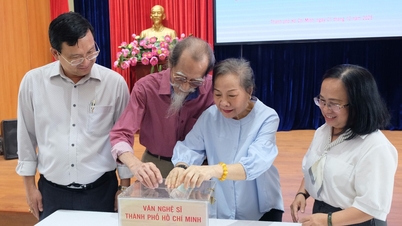

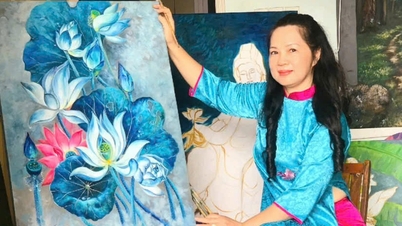
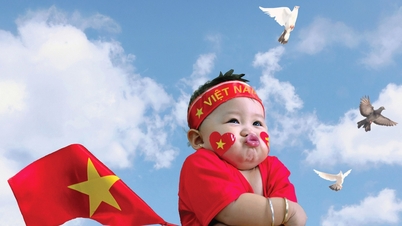
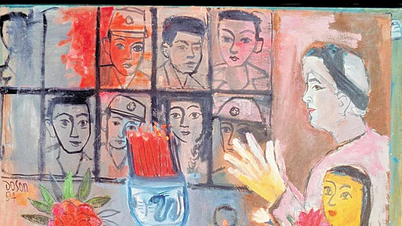
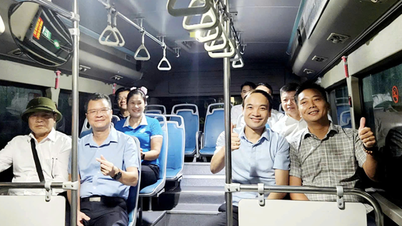





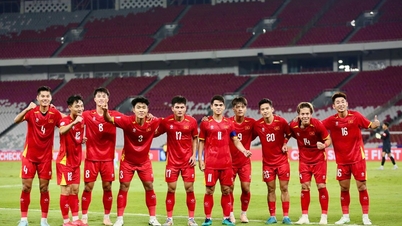
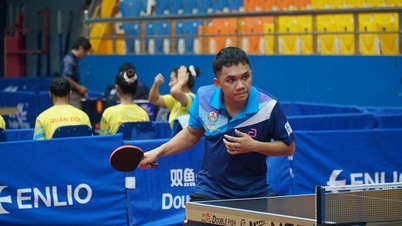
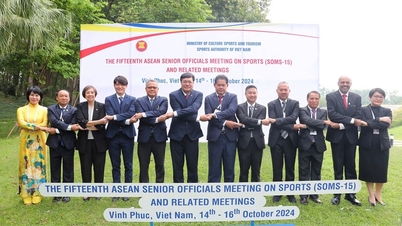
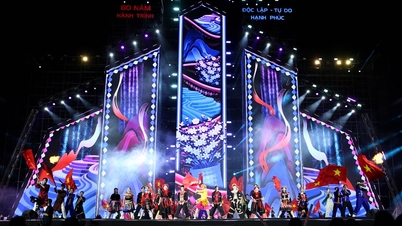
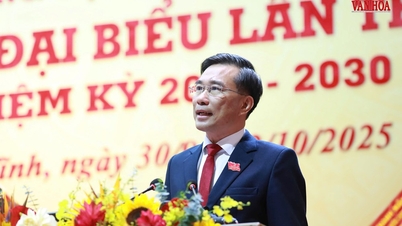
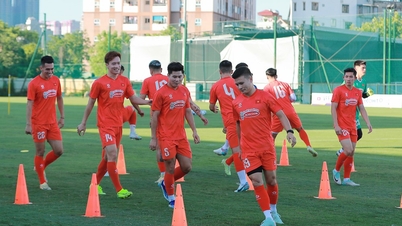
![[Photo] President Luong Cuong receives President of the Cuban National Assembly Esteban Lazo Hernandez](https://vphoto.vietnam.vn/thumb/1200x675/vietnam/resource/IMAGE/2025/9/30/4d38932911c24f6ea1936252bd5427fa)
![[Photo] Panorama of the cable-stayed bridge, the final bottleneck of the Ben Luc-Long Thanh expressway](https://vphoto.vietnam.vn/thumb/1200x675/vietnam/resource/IMAGE/2025/9/30/391fdf21025541d6b2f092e49a17243f)





















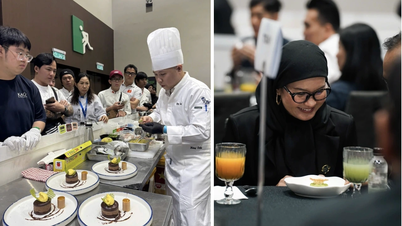
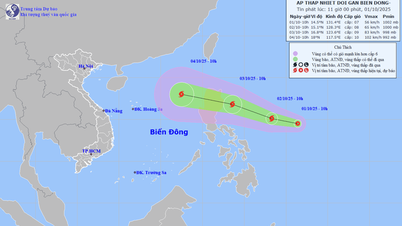
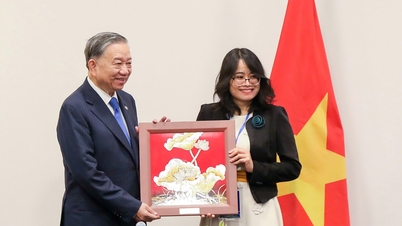

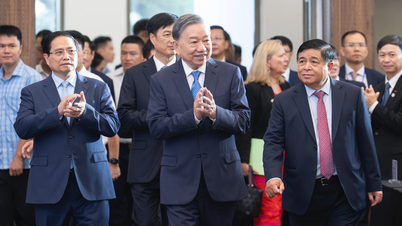
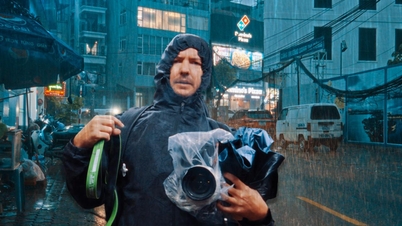



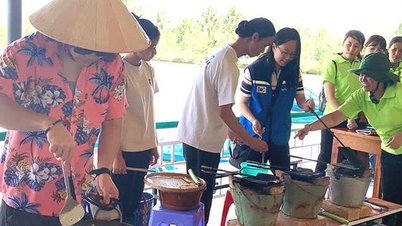


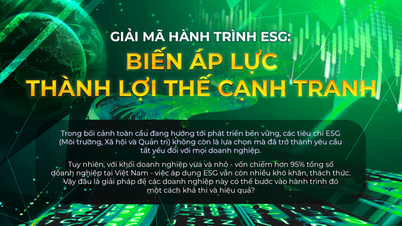
![[Infographics] An Giang economic picture in the period 2020 - 2025](https://vphoto.vietnam.vn/thumb/402x226/vietnam/resource/IMAGE/2025/10/1/093e29084648496c82a22536f5384c21)

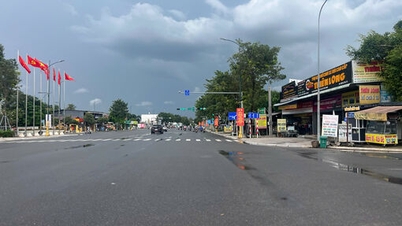

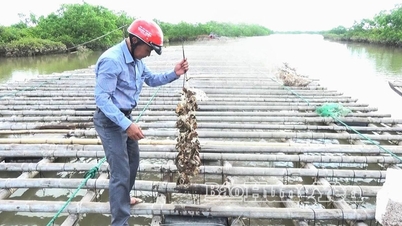

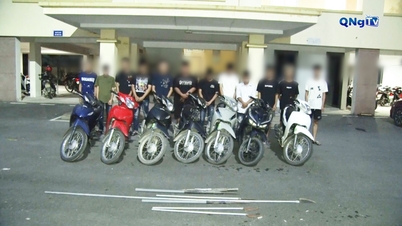
















Comment (0)